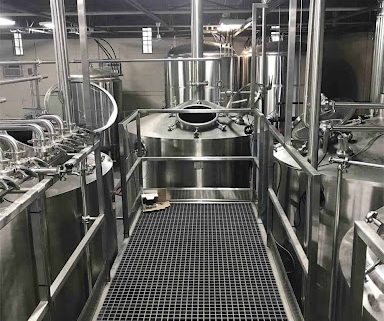Why Stainless Steel Beer Fermenters Are the Brewer’s Top Choice
Advantages of Stainless Steel Fermenters
If you’re a passionate homebrewer or a seasoned pro running a microbrewery, you’ve probably heard that stainless steel fermenters are the gold standard in beer fermentation. But why is that? Well, let’s break it down in plain terms.
Stainless steel fermenters are like the Rolls Royce of brewing gear. First off, they’re incredibly durable. You won’t be tossing them out after a few batches like plastic ones. This stuff is strong — we’re talking rust-resistant, dent-resistant, and built to last decades if you treat it right. Unlike glass, they won’t shatter if you bump into them while transferring wort, which is a serious bonus if you’ve ever tried to mop up sticky brew from your garage floor.
What makes them even more special is their non-porous nature. Stainless doesn’t hold onto funky smells or bacteria. That means your beer stays clean and pure, batch after batch. Plus, they’re super easy to sanitize. A quick rinse with a no-rinse sanitizer and you’re back in business. Professional brewers favor them not just for looks (although they do have that shiny, clean-lab aesthetic), but for their reliability and ease of maintenance.
They also offer precise control over temperature — many high-end models come with built-in thermowells and cooling jackets. That’s crucial for lagers or any temperature-sensitive brew. So in a nutshell? Stainless steel fermenters are cleaner, stronger, and just plain better for consistent, high-quality beer.
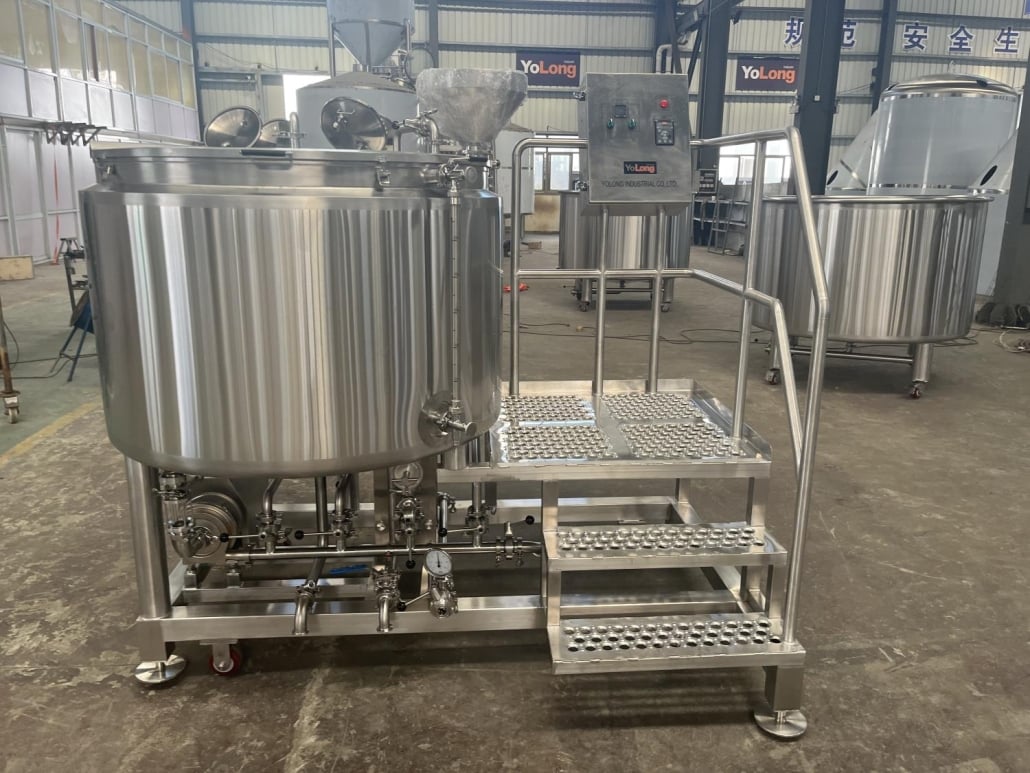
Types of Beer Fermenters: Exploring Your Options
Beer fermenters come in all shapes and sizes, and not all stainless options are created equal. Depending on your brewing needs — whether you’re doing 5 gallons in your kitchen or 5 barrels at a nano-brewery — there’s a fermenter for you.
Let’s start with bucket-style fermenters. These are basic, upright vessels that look like oversized cooking pots. They’re affordable and easy to clean, ideal for beginners dipping their toes into homebrewing.
Then there are conical fermenters, which are the real deal. They feature a cone-shaped bottom that allows trub (that’s the gunky sediment from hops and yeast) to settle and be removed easily. This design lets you ferment, dump yeast, and even carbonate in the same vessel — no need to transfer between containers. Talk about efficiency!
You’ll also find unitank fermenters, which are basically conicals on steroids. They’re built for both fermentation and carbonation under pressure, mimicking professional brewery setups. Want to go full pro at home? This is your tool.
Fermenter size also matters. Homebrewers usually work with 5 to 15 gallons, while craft brewers might use 1 to 10 barrels (BBL). Bigger tanks need more cooling, space, and cash. So size isn’t just about capacity — it affects workflow, storage, and maintenance too.
How to Choose the Right Fermenter for Your Brewing Style
Choosing the right fermenter is kind of like dating — you need one that suits your style and long-term goals. Start by asking yourself a few questions: How often do you brew? How much do you want to make? Do you want to bottle or keg? Are you chasing precision or just good-enough beer?
If you’re just starting out, a basic stainless bucket fermenter may be perfect. It’s affordable, durable, and a big upgrade from plastic. But if you’re looking for clarity, flavor consistency, and cleaner beer, a conical fermenter is your friend. You can dump trub without transferring, and most models let you add hops or yeast mid-fermentation.
For the tech-savvy or experimental brewer, unitanks with glycol cooling jackets, pressure-rated valves, and sampling ports open a whole new world of possibilities. You can ferment, crash cool, carbonate, and keg without moving a single drop. It’s like turning your garage into a microbrewery.
Also consider your space. Some fermenters are compact and stackable, others demand room and a solid floor. And don’t forget budget — a decent stainless bucket might cost $150, while a pressurized 7-gallon conical can run you $700 or more.
Best Practices for Using and Maintaining Stainless Fermenters
| Tip | Details |
|---|---|
| Clean Immediately After Use | Prevents buildup and makes sanitation easier. Use brewery-approved cleaners like PBW (Powdered Brewery Wash). |
| Sanitize Thoroughly | Always sanitize before transferring wort. Star San is a popular choice — no rinse, no stress. |
| Inspect Gaskets and Valves | Leaks can kill a good brew. Replace worn-out parts regularly. |
| Avoid Abrasive Scrubbers | Stainless steel can scratch. Use soft cloths or non-abrasive pads. |
| Store with Lid Off | Keeps it dry and mold-free. Moisture is your enemy in storage. |
| Use Temperature Control | Fermenting at a consistent temperature ensures better flavor and clarity. |
| Pressure-Test Before Use | Especially with conicals or unitanks. A leaky valve equals wasted beer. |
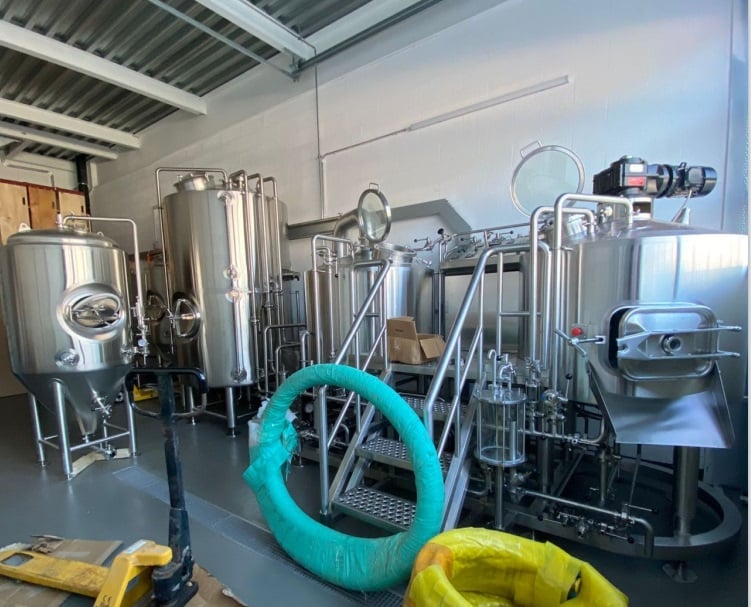
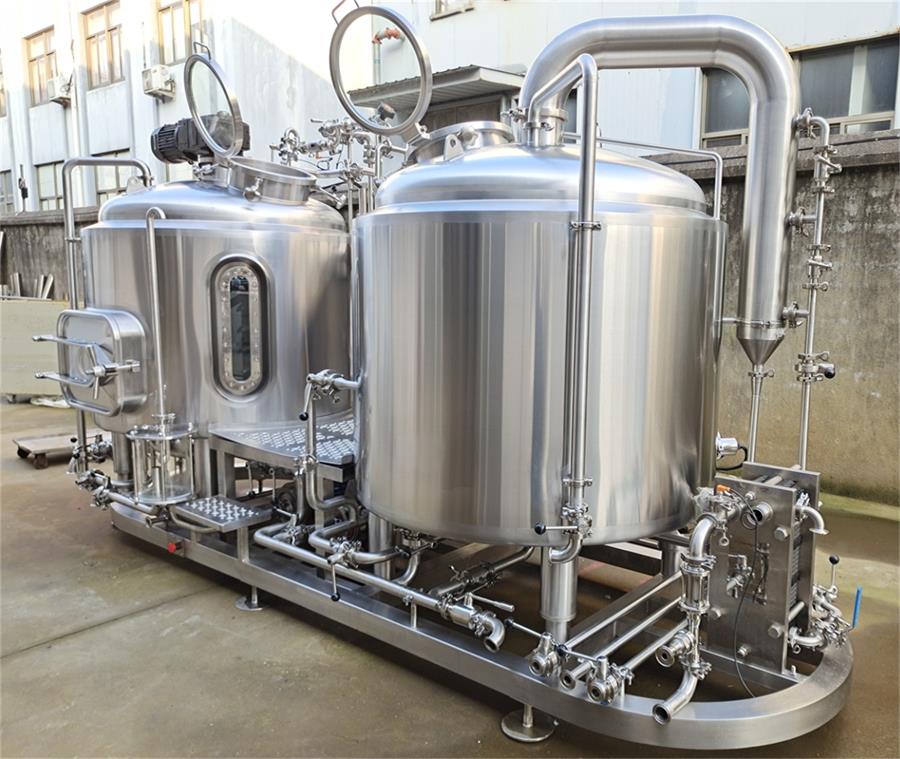


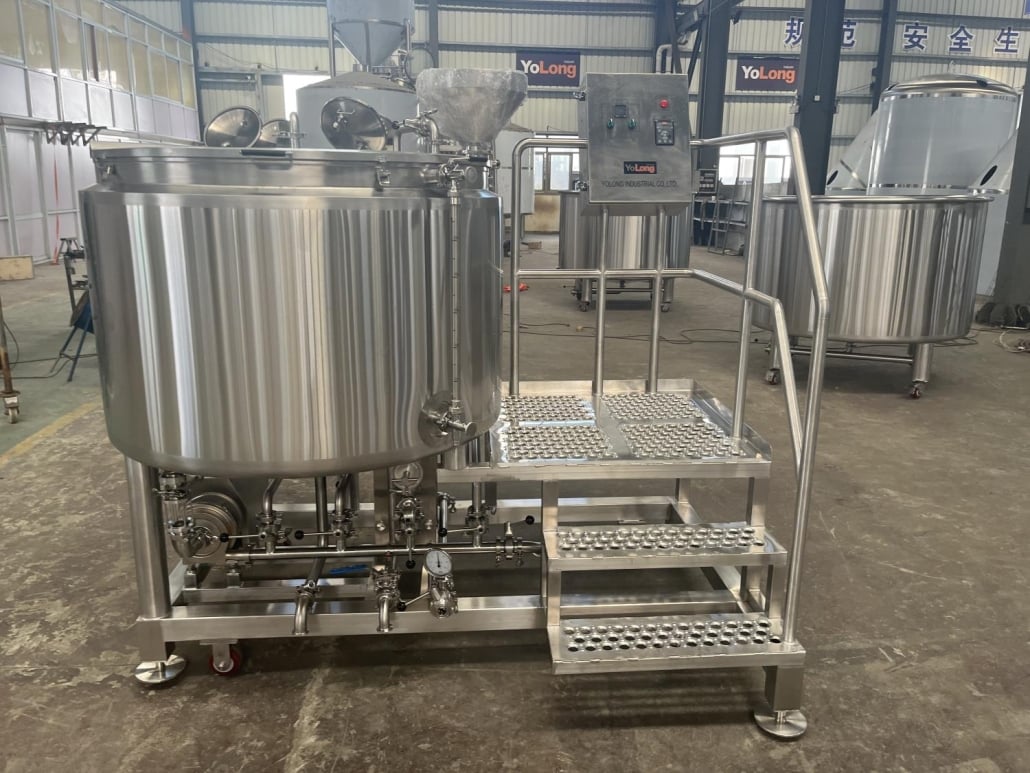
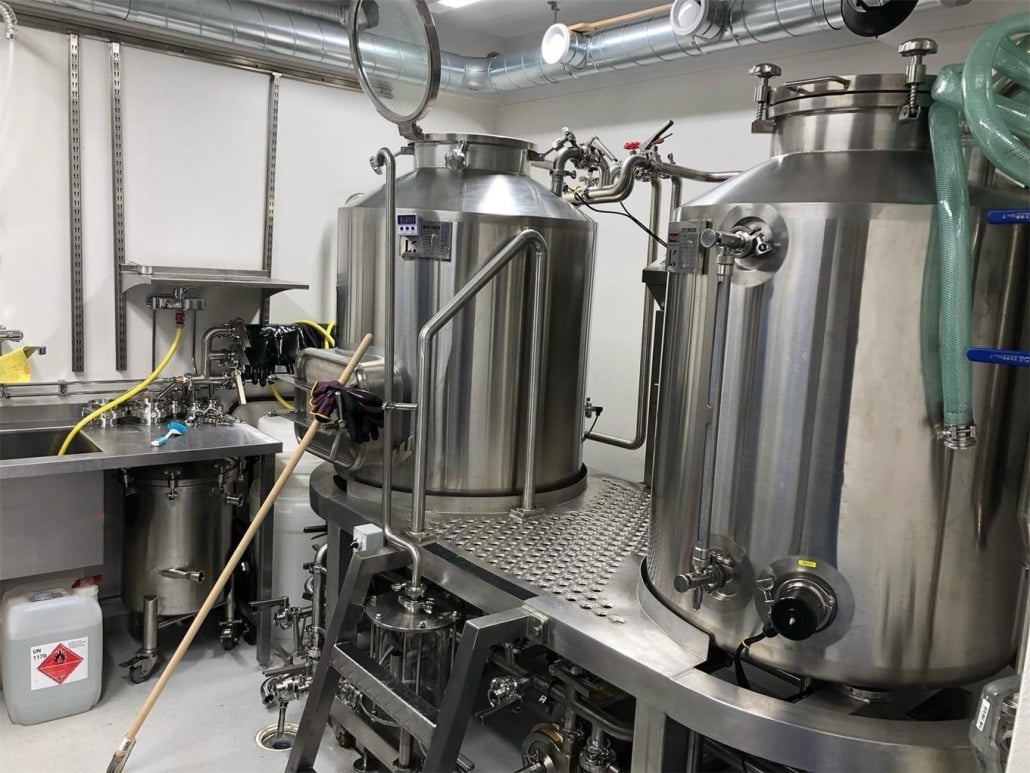
Stainless Steel vs Plastic/Glass Fermenters: The Great Debate
So you’re torn between stainless, plastic, and glass fermenters? Let’s put them head-to-head.
Stainless steel vs plastic: Stainless wins for durability, cleanliness, and looks. Plastic might be cheap and light, but it scratches easily, stains, and absorbs odors over time. Those scratches? Perfect hiding spots for bacteria. Not great for long-term use.
Stainless vs glass: Glass offers visual clarity — you can literally see the fermentation happening. But it’s heavy, fragile, and dangerous if it breaks. Ever dropped a full glass carboy? That’s a mess (and a hazard) you’ll never forget. Stainless, on the other hand, doesn’t let you peek inside, but it more than makes up for it with strength, longevity, and professional features.
Bottom line? Stainless steel fermenters are cleaner, safer, and more reliable. While they cost more upfront, they’ll pay off in better beer and fewer headaches.
Comparing Fermenter Options by Key Parameters
| Feature | Stainless Steel | Plastic | Glass |
|---|---|---|---|
| Durability | Extremely high | Low | Moderate |
| Price | High | Low | Medium |
| Cleaning Ease | Very easy | Moderate | Harder (fragile) |
| Sanitation | Excellent | Poor over time | Good if unbroken |
| Weight | Medium | Light | Heavy |
| Safety | High | High | Low (shatter risk) |
| Reusability | Long-term | Limited | Moderate |
Stainless Beer Fermenter Sizes, Prices, and Space Requirements
| Fermenter Size | Capacity (Gallons) | Price Range (USD) | Ideal For | Space Needed |
|---|---|---|---|---|
| Small Bucket | 5–8 gal | $150–$250 | Homebrewers | Kitchen/Garage |
| Mid Conical | 7–14 gal | $350–$700 | Advanced homebrewers | Basement/Brew Shed |
| Large Unitank | 15–30 gal | $800–$2,500 | Microbreweries | Dedicated space |
| Commercial BBL | 1–10 BBL | $3,000–$20,000+ | Craft breweries | Warehouse or shop |

FAQ
| Question | Answer |
|---|---|
| Why choose stainless steel over plastic? | It’s more durable, easier to clean, and produces better-tasting beer over time. |
| Can I use stainless fermenters for wine or cider? | Absolutely! They’re great for any fermentation, not just beer. |
| Do stainless fermenters affect flavor? | No, they’re neutral and won’t leach flavors like some plastics can. |
| How long does a stainless fermenter last? | With good care, 10–20 years or more. Some outlast the brewer! |
| Do I need a conical fermenter? | Not always. If you’re serious about clarity and ease, it’s worth it. But buckets work fine too. |
| What’s the best cleaner for stainless fermenters? | PBW for cleaning, Star San for sanitizing. Both are brewing industry favorites. |
| Is it worth investing in a unitank? | If you’re brewing a lot or want total control, yes. It’s a one-stop shop for pro-level beer. |

